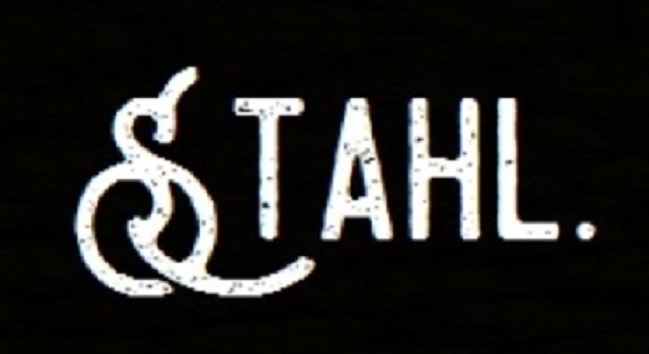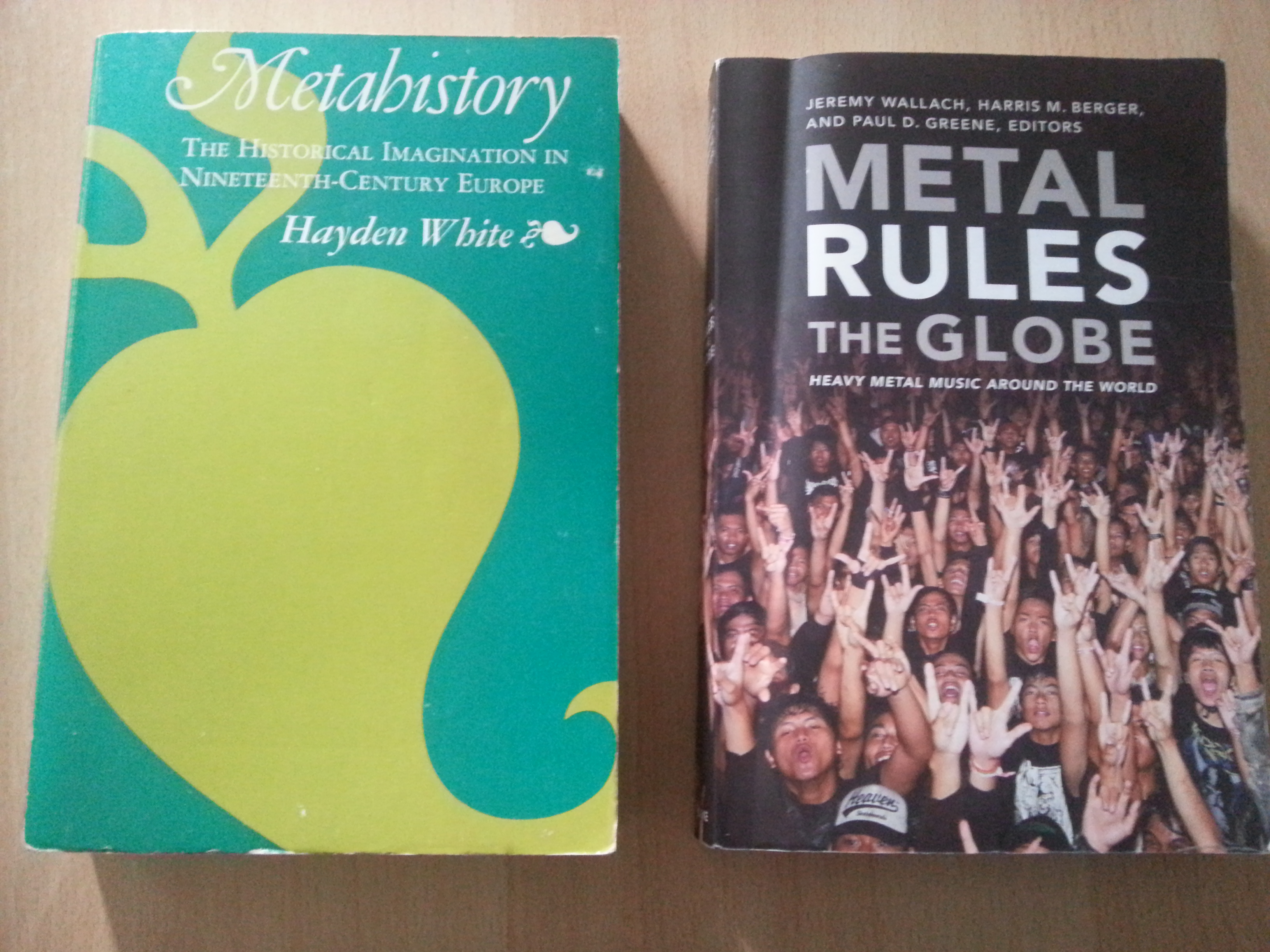In my last blog post, I attempted to describe the thoroughly digitalized research environment I discovered in our project on the history of the Styrian metal scene. Our research is progressing very well. My colleague Charris Efthimiou already provided no less less than thirteen very detailled analyses of law-themed metal songs and albums. Besides the crucial referential frame of globally famous classics (such as Judas Priest’s ‘Breaking the Law’) Charris focused on Styrian music. Hence, we now have a good data set on the musical production in the Styrian scene.
As the project leader, I spent the last few weeks gathering data on the cultural production in the scene since the early 1980s. I am constructing a permanently growing corpus of cultural artefacts from the scene. I am collecting T-shirts (as crucial pieces of clothing), album covers (as pictorial historical sources that ‘cover’ the music on records), concert flyers, posters, and other forms of sources. This body of sources currently comprises dozens of artefacts, images, and texts. It will grow steadily. Still, I am very thankful to receive information on further source materials.
Thus, at this point, the project team is in midst of the process of researching our empirical data. Thanks to Charris’ brilliant work the musicological stream is advancing very well. The same holds true for the semiotic discourse analysis of the scene. Most texts and images, in many cases also of T-shirts, are available from the web. As well, many pieces of clothes can be ordererd to really hold them in hands. In this respect, digitalization makes things possible that would not have been possible five or ten years ago.
Yet, I do face a highly ambivalent situation in respect of the oral history stream of my project. For almost a year now, face-to-face interviews have been difficult, often even impossible to conduct. Currently, we are experiencing (again) a quite strict form of a ‘lockdown’ here in Austria – with an open ending point. Of course, in many other places around the globe the situation is the same or – sadly – even worse. Of course, this is frustrating. Yet, I also think this is a very good occasion to globally rethink using oral history methodologies in metal studies. From my point of view, two aspects are crucial to reflect upon.
First, there already is a rather dense discourse on experiences and practical information on how to conduct interviews online. For instance, the British Oral History Society gives good advice on this. Also, metal studies scholars have started to discuss this problem in their field. Hence, perhaps relieving the frustration a bit, no oral history researcher is alone with this problem! Nonetheless, we need a broader discussion on this issue in metal studies!
Second, as a historian it is fascinating to think of the fact that, now in 2020/21, digitalization as the crucial historical ‘mega trend’ of the last two decades has not only transformed the scene I am researching but also the ways I am researching it. Doubtless, both aspects depend on each other. Yet, in the pandemic period, digitalization is more relevant than ever before. Metal studies is almost fully digital – at least for the moment.
Hence, we should not only see this as a frustrating attack on our used ways of research. Much more it is the historically logical catalysis of a development which already was transforming metal studies before the pandemic. The pandemic did not start the process, it only catalysed it. Hence, for my project, I try to see it as a valuable opportunity to experiment with new forms of conducting interviews remotely. I would expect that after the pandemic we will have gained a big deal of important experiences in this changed world of research.



